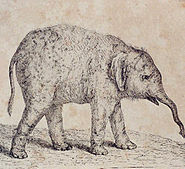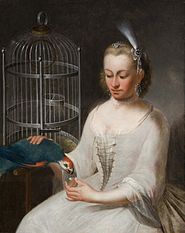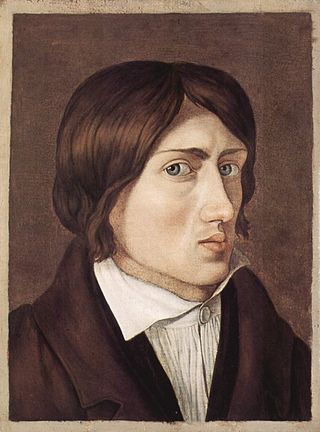
Franz Pforr was a painter of the German Nazarene movement.

Italian Journey is Johann Wolfgang von Goethe's report on his travels to Italy from 1786 to 1788 that was published in 1816 & 1817. The book is based on Goethe's diaries and is smoothed in style, lacks the spontaneity of his diary report and is augmented with the addition of afterthoughts and reminiscences.
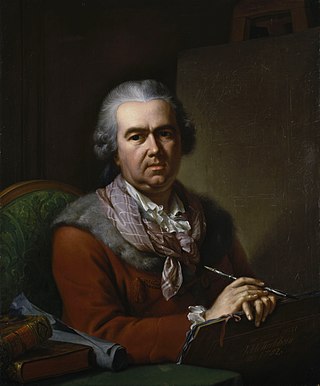
Johann Heinrich Tischbein was a German painter. He was one of the most respected European painters in the 18th century and an important member of the Tischbein family of German painters, which spanned three generations. His work consisted primarily of portraits of the nobility, mythological scenes, and historical paintings. For his mythology paintings his models were mostly members of the upper nobility.

Johann Heinrich Wilhelm Tischbein, known as the Goethe Tischbein, was a German painter from the Tischbein family of artists.
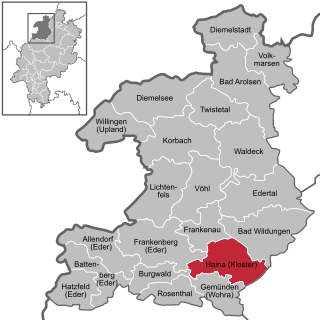
Haina (Kloster) is a municipality in Waldeck-Frankenberg in northwest Hesse, Germany.

Georg Melchior Kraus was a German painter. He was a co-founder of the Weimar Princely Free Drawing School, together with Friedrich Justin Bertuch, in 1776.
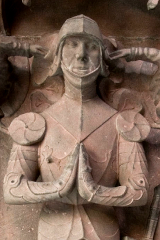
Henry III, Landgrave of Upper Hesse, called "the Rich" was the second son of Louis I of Hesse and his wife Anna of Saxony.

Friedrich (Fritz) Bury was Court painter to the royal courts of Kassel and Brussels, a German painter born in Hanau. He studied first under his father Jean Jacques Bury, who was a goldsmith and professor in the Academy of Design in Hanau, and with Anton Wilhelm Tischbein. In 1780 he visited for two years the Kunstakademie Düsseldorf, where he met Johann Heinrich Lips, with whom he returned to Hanau at the age of 19 and two month later they traveled to Rome. From November 1782 to July 1785 he lived with a nephew of Tischbein, Johann Heinrich Wilhelm Tischbein, Johann Georg Schütz and Lips in a rear building of the Palazzo Piombino in Via del Babuino 51. Later they followed their landlord to Via del Corso no. 18, now known as the Casa di Goethe, as Johann Wolfgang von Goethe also lived and worked there for over a year.

Johann Friedrich August Tischbein, known as the Leipziger Tischbein was a German portrait painter from the Tischbein family of artists.
The Tischbein family was a German family of artists, originating in Hesse and spanning three generations. The family patriarch, Johann Heinrich Tischbein (1682–1764), was a master baker at the State Hospital in Haina. The Tischbeins also produced a number of master carpenters..

Johann Jacob Tischbein, known as the Lübecker Tischbein, was a German painter from the Tischbein family of artists.

Johann Valentin Tischbein was a German painter from the Tischbein family of artists.
The County of Hanau-Münzenberg was a territory within the Holy Roman Empire. It emerged when the County of Hanau was divided in 1458, the other part being the county of Hanau-Lichtenberg. Due to common heirs, both counties were merged from 1642 to 1685 and from 1712 to 1736. In 1736 the last member of the House of Hanau died and the Landgrave of Hessen-Kassel inherited the county.

The Casa di Goethe is a museum in Rome, in Via del Corso 18, dedicated to Johann Wolfgang von Goethe, his Italian Journey and his life at Rome in the years from 1786 through 1788. During his journey Goethe wrote a journal and also many letters which would be published in 1816-17 as the Italian Journey.

Goethe in the Roman Campagna is a 1787 painting by Johann Heinrich Wilhelm Tischbein, a German Neoclassical painter, depicting Johann Wolfgang von Goethe when the writer was travelling in Italy. Goethe's book on his travels to Italy from 1786 to 1788, called Italian Journey, was published in 1816–17; the book is based on his diaries. Since 1887, the painting has been in the possession of the Städel Museum in Goethe's hometown Frankfurt.
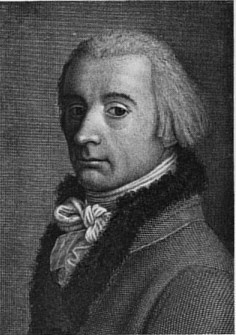
Johann Heinrich Lips was a Swiss copper engraver; mostly of portraits.
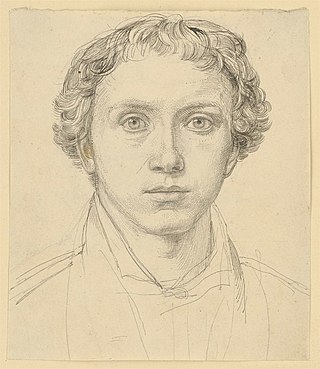
Johann Jacob Gensler was a German etcher and painter; specializing in genre scenes and landscapes.
Friedrich Ludwig Heinrich Waagen also Christian Friedrich Ludwig Heinrich Waagen, Wagen or Wage) was a German portrait, history and landscape painter born in the Holy Roman Empire. Hardly anything is known about his works. However, he had acquired extensive knowledge of art, amassed a collection of paintings in Hamburg and was known to friends with or in-laws of many important personalities of his time. Gustav Friedrich Waagen (1794-1868) and Carl Waagen (1800-1873) are his sons.
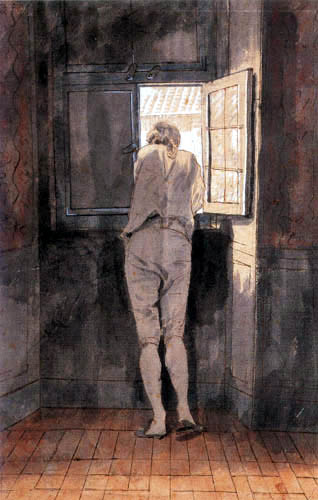
Goethe at the Window is a 1786/7 watercolour by German painter Johann Heinrich Wilhelm Tischbein. It depicts the poet Johann Wolfgang von Goethe looking out of the window of the apartment in Rome he shared with the artist.

Wilhelmine Caroline Amalie Tischbein was a German drawing artist, miniature painter and etcher from the Kassel branch of the Tischbein family of artists. She worked in Weimar, then Kassel.
